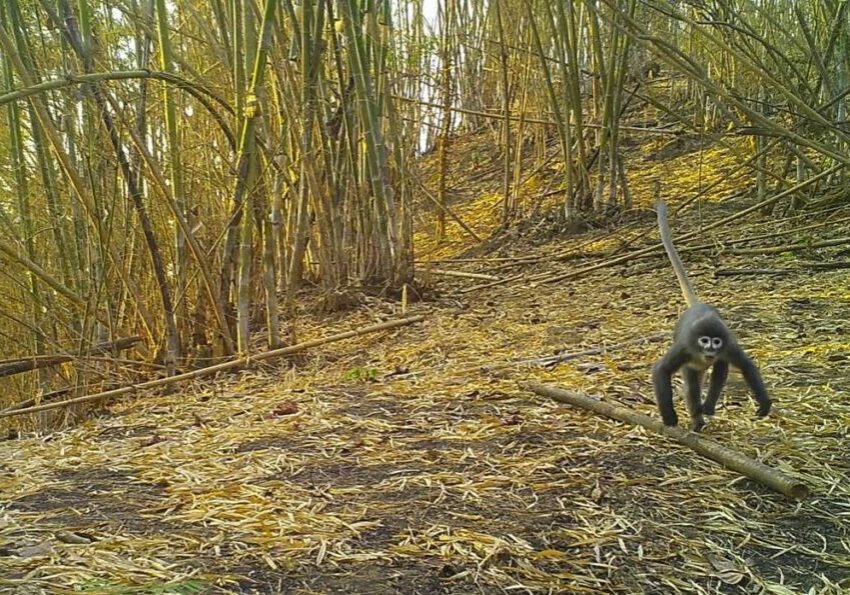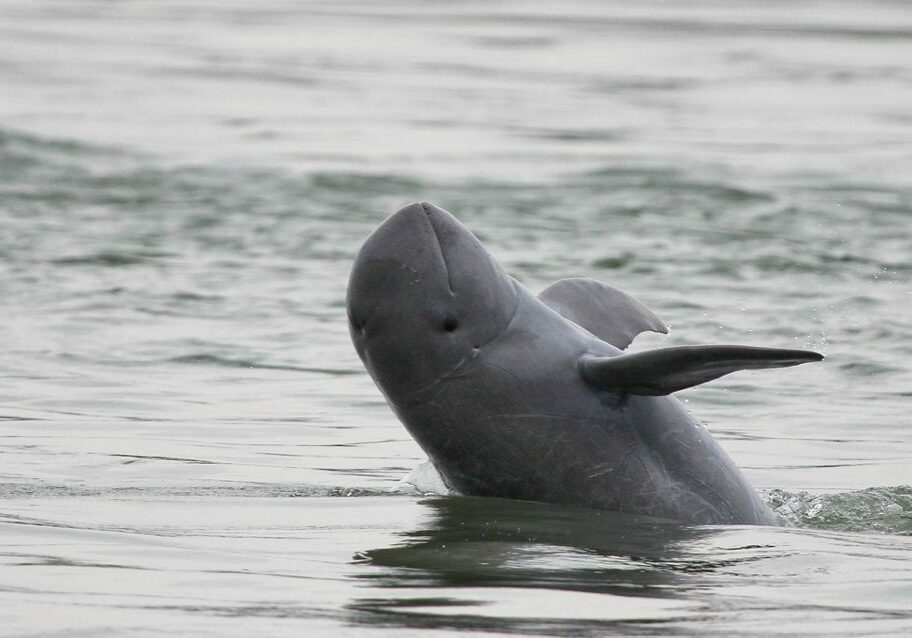An expedition to an unexplored region of the Colombian Amazon has revealed a wealth of wildlife – including several previously unknown species.
A team of 27 researchers travelled by boat along about 135km of the Guainía river, near the border with Venezuela and Brazil in the easternmost tip of Colombia. WWF was one of several partners involved.
During the two-week expedition, scientists recorded 106 species of fish, including one previously unknown to science, as well as four families of butterflies, 26 species of amphibians, 19 species of reptiles, 18 species of bats and 211 species of birds.
They also spotted a type of marsupial that had never been recorded in Colombia before: the bushy-tailed opossum, a little-known nocturnal marsupial about the size of a human hand. The team also registered 540 species of plants, including at least three species unknown to science.
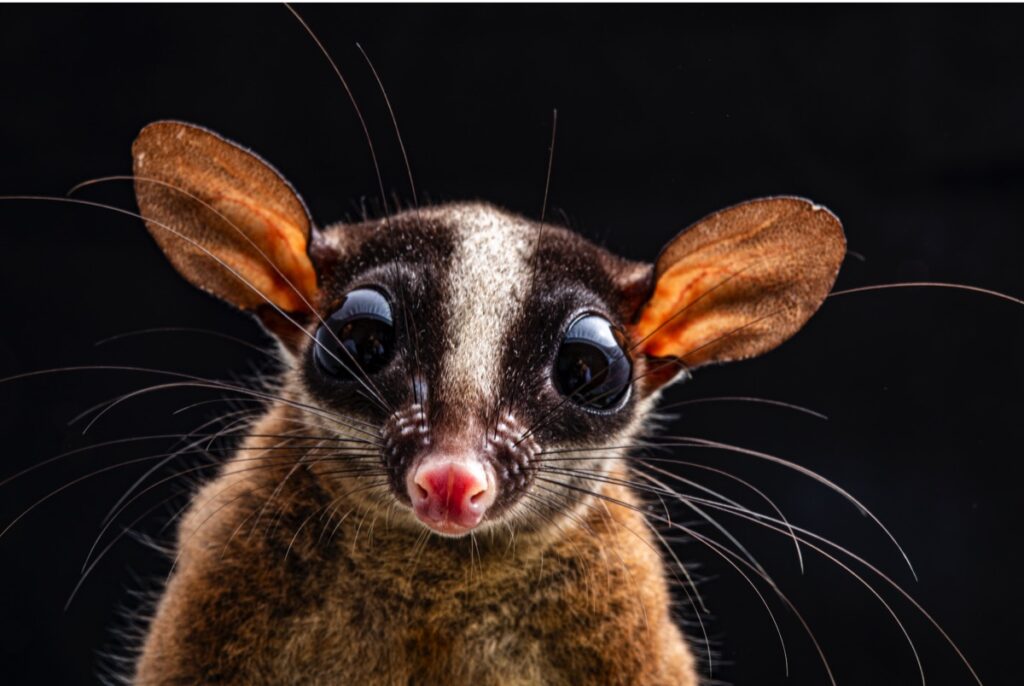
© @CAMILODIAZPHOTOGRAPHY / WWF-COLOMBIA
As well as carrying out the first ever comprehensive biodiversity survey in the region, the expedition aimed to collect information on the endangered pink river dolphin or boto. This will feed into the work of the South American River Dolphin Initiative (SARDI), which with your support has carried out several surveys over the past few years to find out more about these elusive creatures.
The team recorded 36 adult dolphins as well as two calves in 14 separate sightings on the river, including lagoons and channels off the main Guainía river. In total, SARDI explored more than 3,200km of rivers in the Amazon and Orinoco basins during 2021, collecting vital data on the dolphins’ habits and habitats.
With your support, researchers have also attached satellite tags to track the movements of a number of dolphins, which you can read more about here.
Although largely unexplored, the region still faces a number of threats. One of these is mercury poisoning, caused by pollution from illegal gold mining. The team took tissue samples from 80 fish and 20 bats to investigate the extent of mercury contamination, including in fish species eaten by humans.
The expedition was supported by the Curripaco people, who acted as guides and contributed their local knowledge to the research efforts. The team stayed in four indigenous villages along the route, sleeping in tents and hammocks.
“We finished the Guainía expedition very happy, because an expedition of this magnitude has never been conducted in this region of the country before,” says Fernando Trujillo, scientific director of the Omacha Foundation, one of our partners in the region.
“It highlights the importance of this region for rare and little-known species, such as the bushy-tailed opossum, which are currently threatened by deforestation, forest fires and illegal gold mining. These new records invite us to continue researching in order to conserve our country’s magnificent biodiversity.”
Gallery: Recording new species in the Colombian Amazon
Two weeks, 27 people, hundreds of new species… The expedition along the Guainía river required a range of techniques for finding and recording the wildlife there. (Best viewed in landscape orientation on mobile devices.)
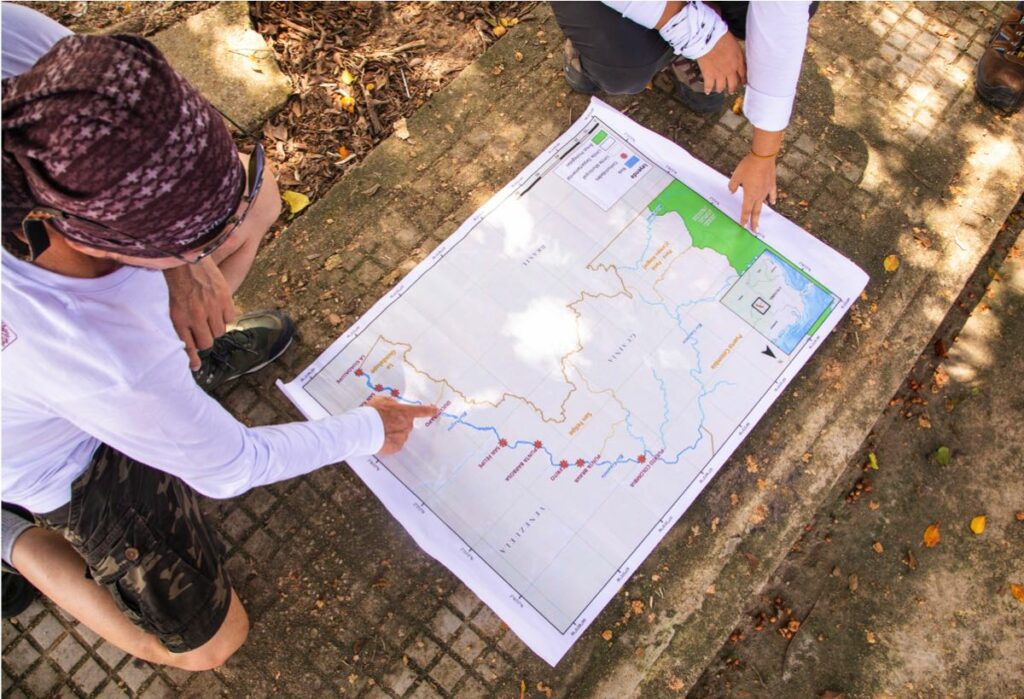
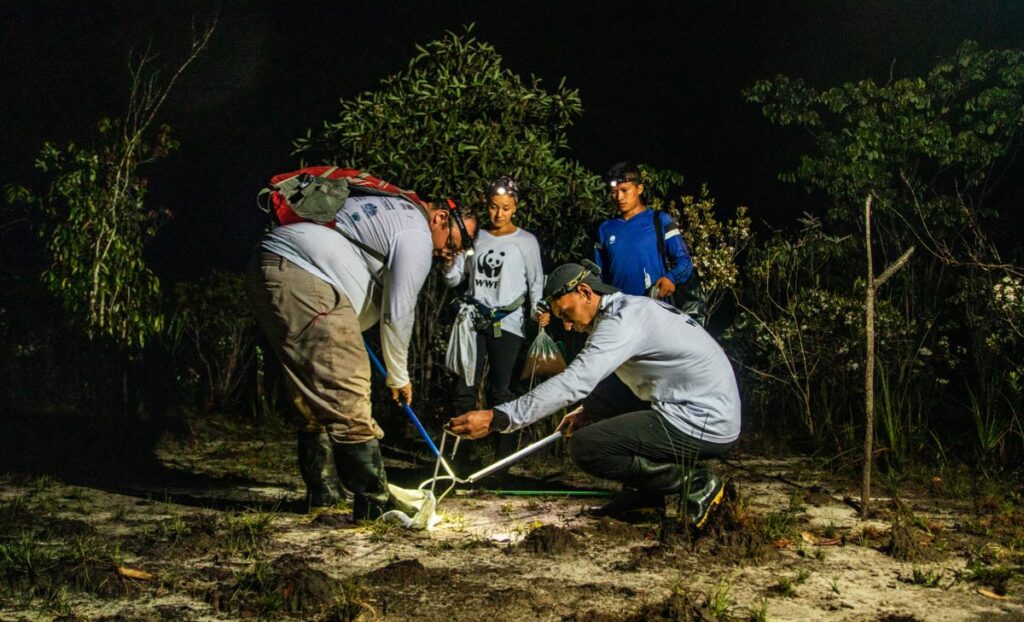
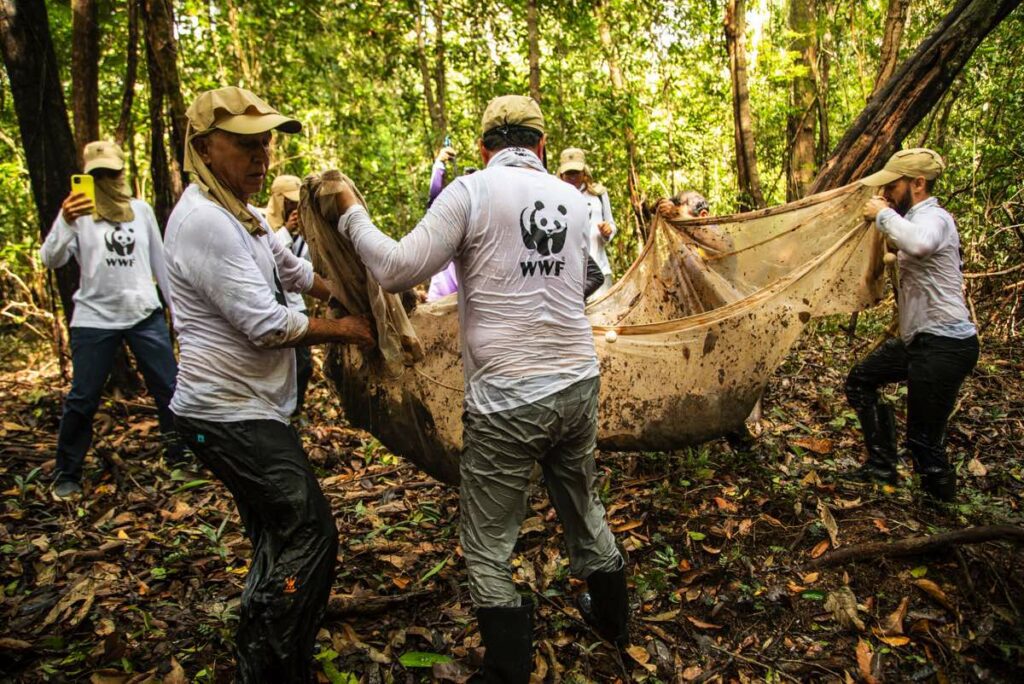
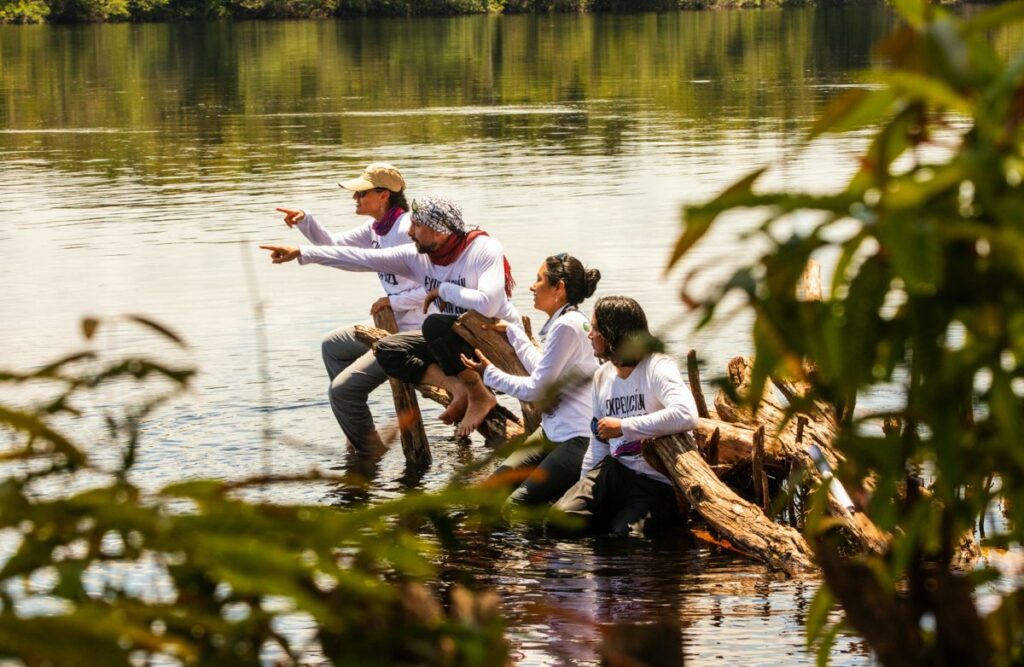
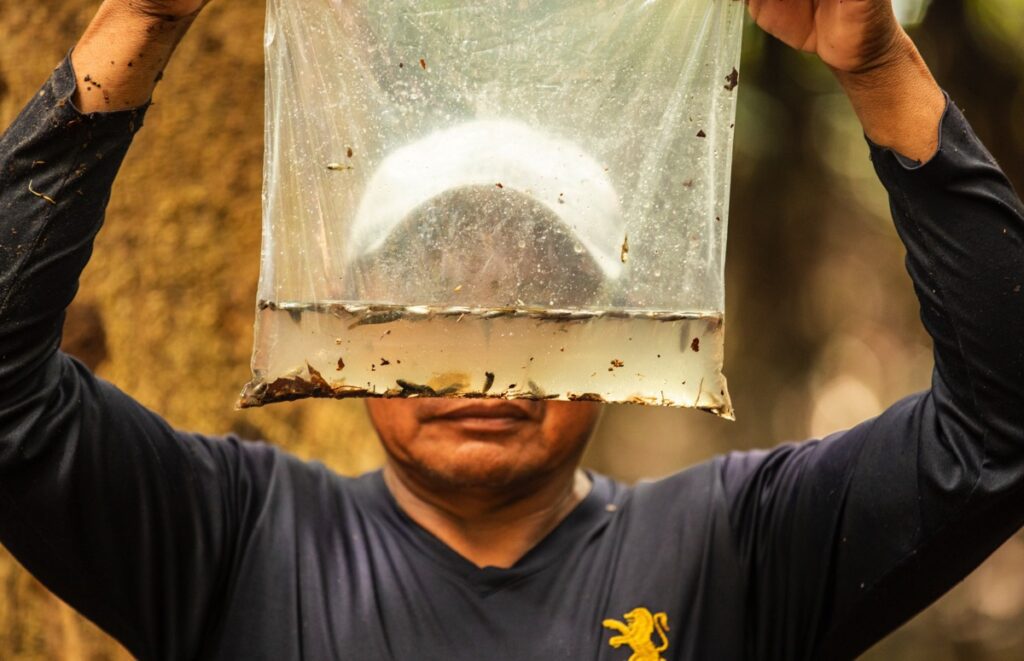

© @CAMILODIAZPHOTOGRAPHY / WWF-COLOMBIA
More to explore
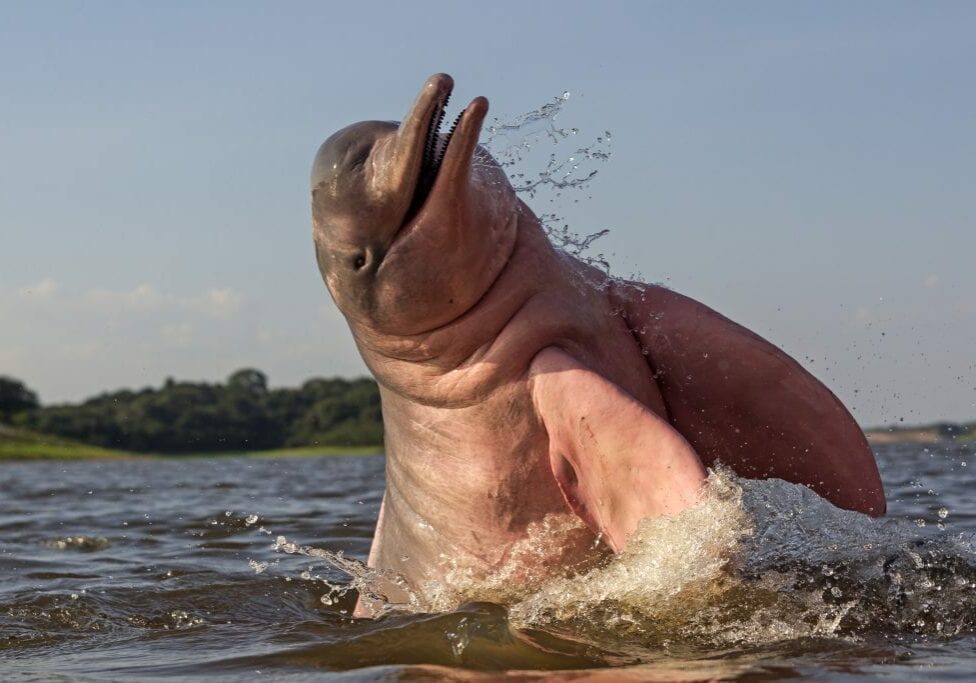
Protecting the Amazon’s river dolphins
Icons of the Amazon, river dolphins are a vital barometer of the health of the river. As threats to their survival grow, we’re developing new technology to protect them
